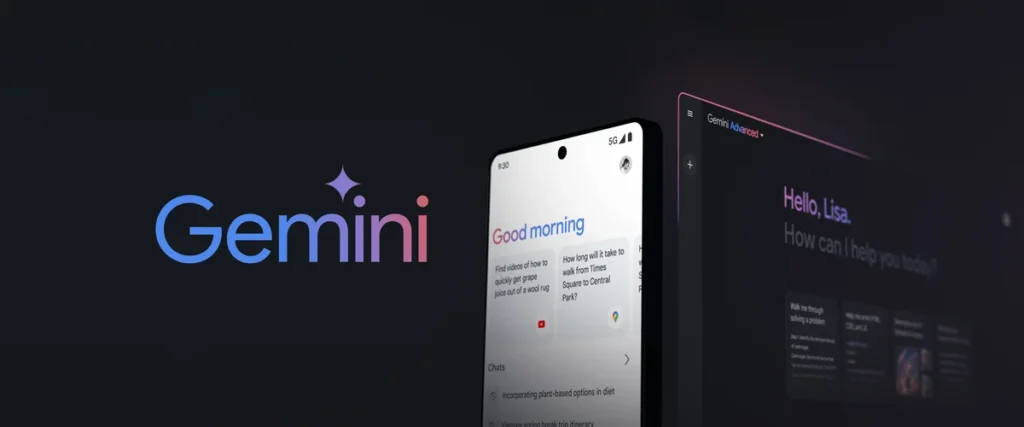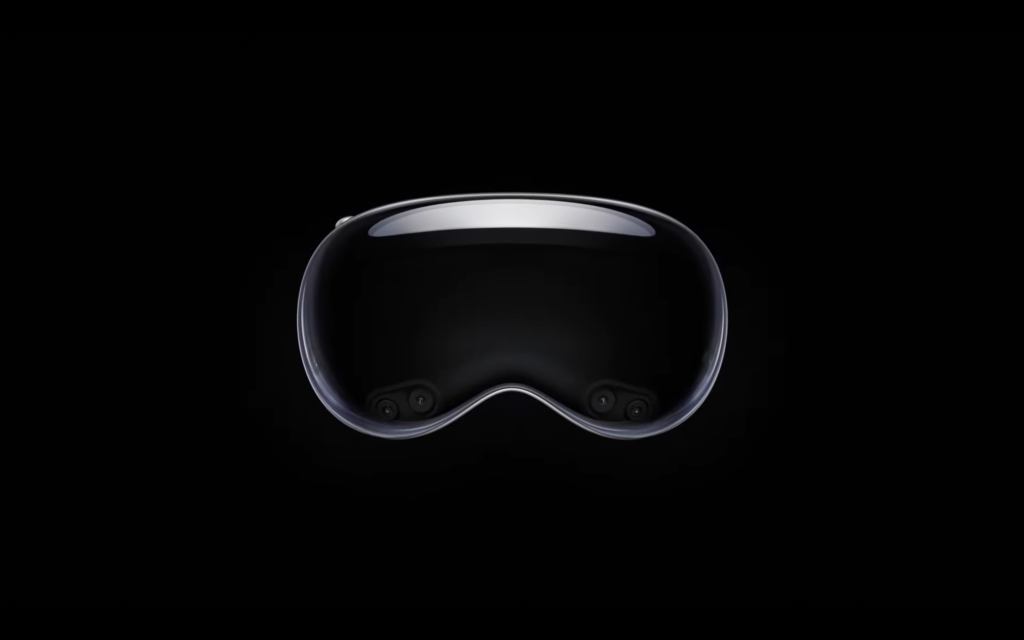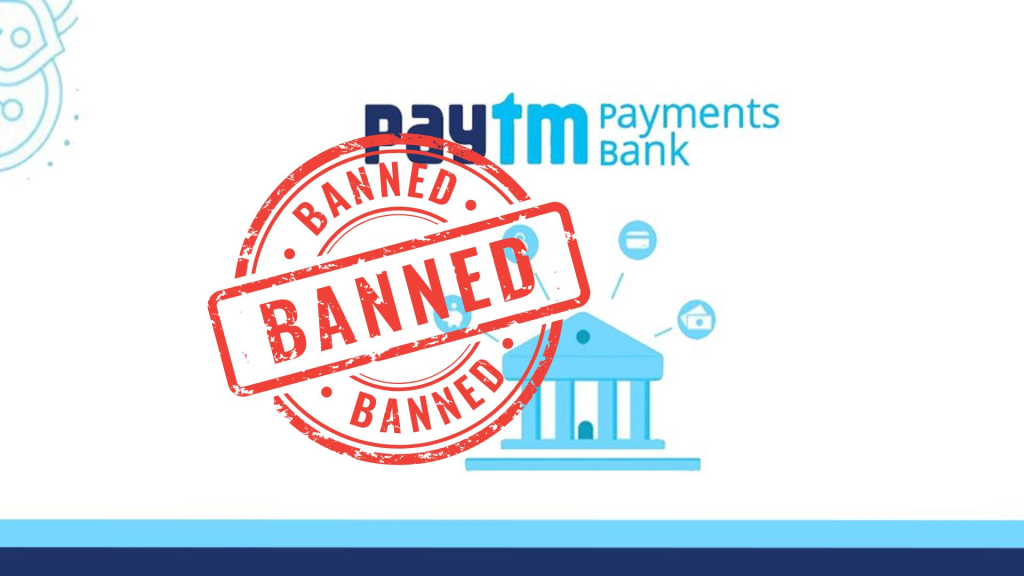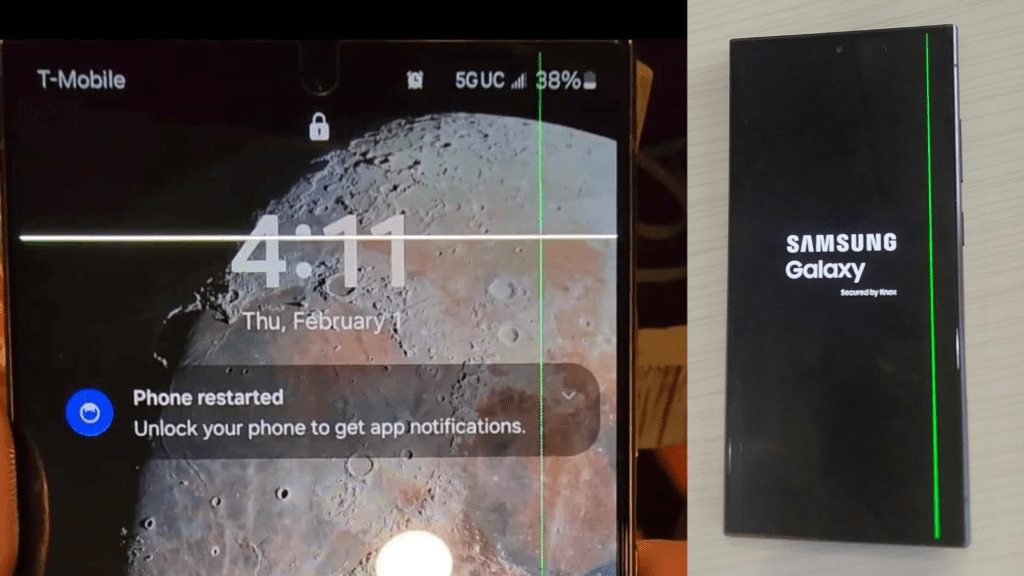When smartphones are an extension of our hands, how well their screens will hold up is more important than ever. Pocket drops, nightstand falls, slips from your grip — no one wants to face that sickening crack of screen damage. And that’s where Corning Gorilla Glass plays a role – the unsung hero that protects millions of devices around the world. But what is Gorilla Glass, and how has it become the industry-standard protection for smartphone screens?

Company Background: Corning Incorporated
Corning Incorporated was started more than 170 years ago and is the world leader in materials science. From creating the glass envelope for Thomas Edison’s lightbulb to today’s advanced glass ceramic materials and high-performance, incredibly durable Gorilla Glass, Corning innovation is at the forefront of life-changing services and solutions. Gorilla Glass is one of its most celebrated efforts, rethinking how we consider screen protection.
First created in the 1960s as “Chemcor,” this chemically strengthened glass was written off before it made a comeback in 2007 by Apple. In fact, Steve Jobs famously demanded it be used in the original iPhone, propelling it into the mainstream.
What is Gorilla Glass?
Gorilla Glass is an alkali-aluminosilicate glass used as a cover glass for portable display devices. Its signature characteristic is the ion-exchange that occurs during manufacturing, where small sodium ions within the glass are exchanged with larger potassium ions. This forms a layer of tensile stress which makes the glass very strong, and also gives it scratch resistant properties.
The result? A glass that can be dropped on the ground and not break, scratched and not have a scratch, be clear and light: sensitive to touch!
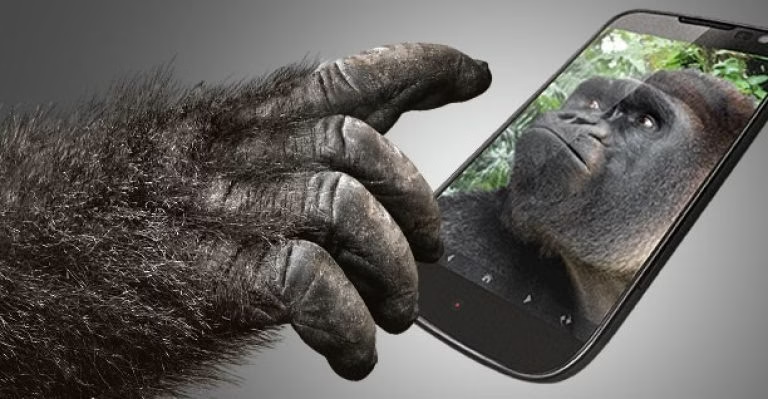
Evolution of Gorilla Glass
Gorilla Glass has seen multiple generations, each offering better durability and functionality:
- Gorilla Glass 1 (2007): The original version used in the first iPhone. Stronger than traditional glass but had room for improvement.
- Gorilla Glass 2 (2012): Thinner than its predecessor while maintaining the same strength.
- Gorilla Glass 3 (2013): Introduced Native Damage Resistance (NDR), reducing visibility of scratches.
- Gorilla Glass 4 (2014): Enhanced drop performance on rough surfaces.
- Gorilla Glass 5 (2016): Could survive drops from up to 1.6 meters onto rough surfaces.
- Gorilla Glass 6 (2018): Improved durability for multiple drops.
- Gorilla Glass Victus (2020): A breakthrough in scratch and drop resistance balance.
- Gorilla Glass Victus 2 (2022): Optimized for survival on rougher surfaces like concrete.
Each version has made the glass not only more durable but also more resistant to real-world challenges.
The Science Behind the Strength
The magic is the ion-exchange process. During production glass sheets are submerged into 400°C hot molten potassium salt bath, where bigger potassium ion will replace smaller sodium ion on the surface. This results in compressive stress in the region, thus strengthening the glass and minimizing the probability of surface cracks developing into core cracks.
In addition, Gorilla Glass doesn’t compromise the optical clarity or touch sensitivity of your display. It’s also meant to be chemically resistant and less susceptible to damage from oils, moisture and the general environment on a daily basis.
Real-World Applications
While smartphones are the most recognized use case, Gorilla Glass has a much broader reach:
- Tablets and Laptops: Many high-end devices feature Gorilla Glass for a premium, scratch-resistant screen experience.
- Wearables: Smartwatches and fitness trackers benefit from Gorilla Glass’s toughness and clarity.
- Automotive Displays: Modern car dashboards, infotainment systems, and heads-up displays utilize Gorilla Glass for sleek, durable interfaces.
- AR/VR Devices: Thin, strong, and clear glass is essential for immersive augmented and virtual reality experiences.
Environmental Sustainability
Corning has worked to reduce the environmental impact of how Gorilla Glass is made. It’s a significant way for the company to push toward energy-efficient manufacturing processes and minimizing glass waste. A few eco-minded smartphones like those from Fairphone use Gorilla Glass to meet sustainability goals.
what’s more, the durability of Gorilla Glass also serves sustainability by slowing down the disposal of electronic waste by cutting down on screen replacements.
Competitors and Alternatives
Though Corning is the industry leader, a few alternatives exist:
- Dragontrail (AGC, Japan): Used by brands like Sony and Xiaomi. Offers good scratch resistance but often not as tough as Gorilla Glass in drop scenarios.
- Sapphire Crystal: Exceptionally scratch-resistant but expensive and brittle under impact.
- Ceramic Shield (Apple): Co-developed with Corning, this glass is exclusive to Apple and claimed to be 4x better in drop tests than previous iPhone glass.
Competitors have their own reads on similar situations, but Gorilla Glass is the best marriage of cost, durability, and availability.
Limitations and Challenges
Despite its strengths, Gorilla Glass isn’t invincible:
- Breakability: High drops, direct impacts on corners, or bending can still shatter it.
- Cost: More expensive than standard glass or plastic screens.
- Foldable Devices: Current Gorilla Glass versions are not fully flexible, though Corning is developing ultra-thin, flexible versions.
“People assume ‘scratch-resistant’ means ‘scratch-proof,’” but sand particles or hard minerals can still leave marks behind, Mr. Swerdlow said.
The Future of Gorilla Glass
Innovation continues at Corning, with research focused on:
- Ultra-thin and foldable glass: For future foldable smartphones and rollable screens.
- Antimicrobial coatings: Especially relevant post-pandemic.
- Improved optical and touch performance: As devices get more interactive.
- Smart Surfaces: Glass with embedded sensors or haptic feedback.
With smart glasses, automotive tech and next-gen devices on the rise, there’s only gonna be increasing demand for high-tech glass.
Tips for Users
While Gorilla Glass adds a layer of protection, it’s not a license to be careless. Here are some tips:
- Use a screen protector: Especially if you work in rough environments.
- Avoid pockets with keys or coins: They may not scratch easily, but it’s better to avoid the risk.
- Use a good case: Especially one with raised edges to protect the screen during falls.
- Clean with microfiber cloths: Avoid rough materials that may scratch the glass.
Conclusion
Corning Gorilla Glass redefined the way we use our phones. It changed the way we think about screen durability and, in the process, opened the door for thinner, more useful designs. While it is NOT indestructible, this product provides that extra layer of protection to your device’s screen; as well, when it comes to clarity and touch screen sensitivity, there is no comparison – the protection of this screen protector is a piece of mind for you and your phone.
As we go deeper into more immersive, bendable and embedded tech, Gorilla Glass has the potential to continue evolving, hopefully to become even more essential in our digital lives. It may be invisible, but its impact is transparent.
if you have any issue with this Article – Click Here

